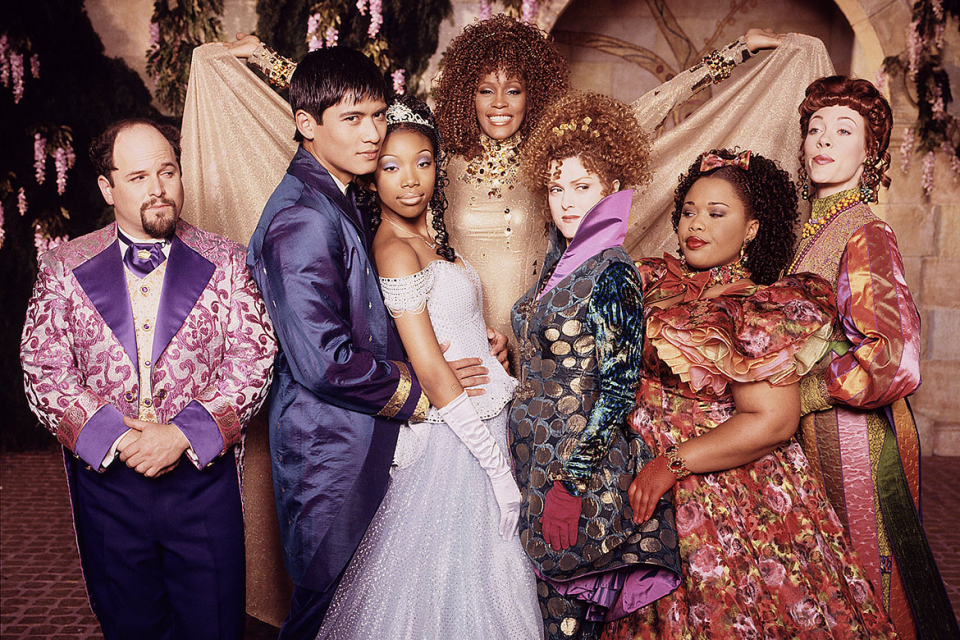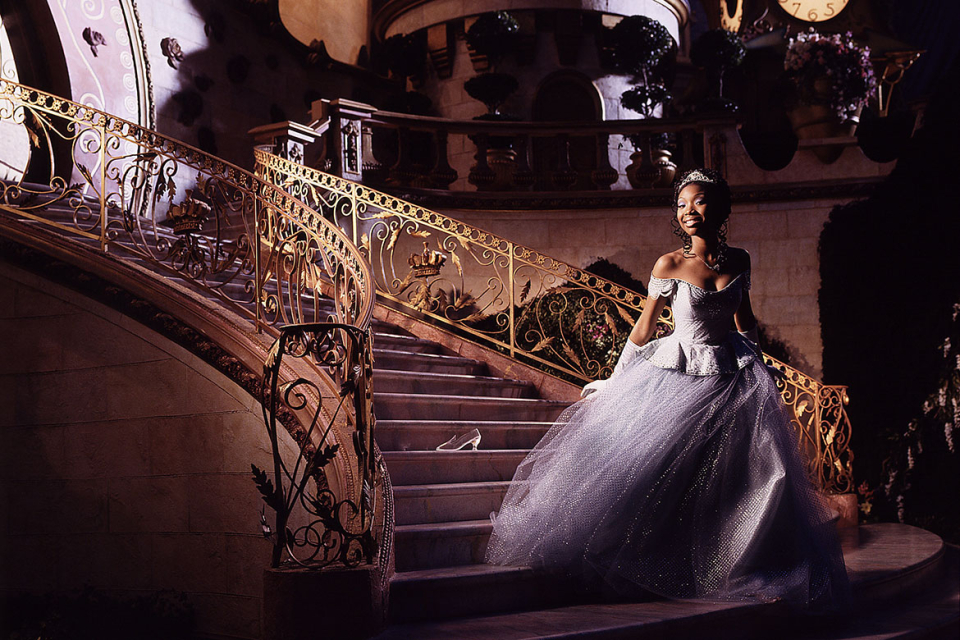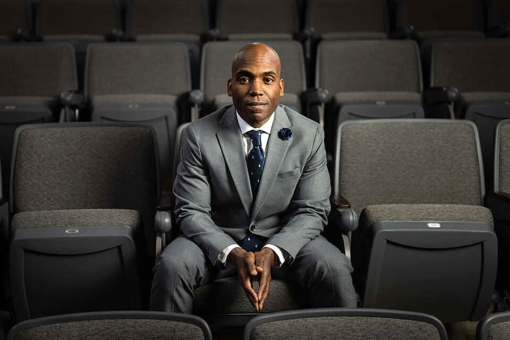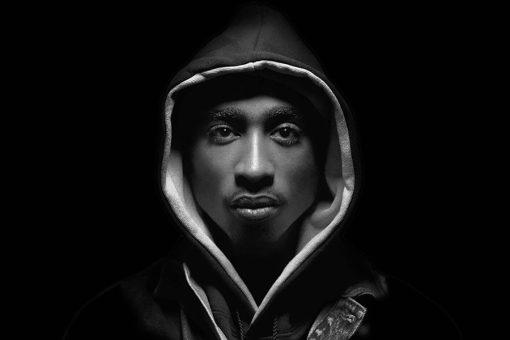On November 2, 2022, Rodgers and Hammerstein's Cinderella celebrates its 25th anniversary.
Four years before the Disney telecast came to be, singer Whitney Houston — who would later take on the role of Fairy Godmother — was originally set to play Cinderella. Houston ultimately felt that she had aged out of the role and suggested singer Brandy take her place as the title character. The musical finally made its way to TV screens in 1997 with a diverse cast and modernized, pop-Broadway music — leaving a lasting impression on a generation of Disney devotees.
In the lead-up to the release, the creative team behind the adaptation were hopeful that the production would become a perennial favorite. The TV movie — now available to stream on Disney+ — went on to garner seven Emmy nominations and one win for Art Direction for a Variety or Music Program. And in late August of this year ABC treated fans to Cinderella: The Reunion, A Special Edition of 20/20, now available to stream on Hulu.
During the special Brandy Norwood (as the actress is now known) noted, "My dream when I was a young girl was to be a singer, have my own band and meet Whitney Houston. That was it. I had no idea that my destiny would take me to a role like Cinderella, [or that I would] be the first woman of color to play her. And then for Whitney Houston to be my fairy godmother... you gotta be kidding me."
There's a line in the Rodgers and Hammerstein song "Impossible" that goes, "And four white mice are easily turned to horses." It's a good bet that Oscar Hammerstein II wasn't thinking of digital special effects when he penned that lyric for the 1957 CBS production of Cinderella. But four decades and two remakes later, on a soundstage at Sony Pictures, that's precisely the method behind the magic.
This latest version of the rags-to-riches tale, airing November 2 on ABC's The Wonderful World of Disney, brings a new look to the classic story. Eighteen-year-old actress and R&B singer Brandy (Moesha) stars in the title role, which was written for Julie Andrews and portrayed in CBS's 1965 remake by Lesley Ann Warren. Pop diva Whitney Houston plays the fairy godmother and doubles as an executive producer. Also starring are Bernadette Peters as the wicked stepmother, Whoopi Goldberg as the queen, and Jason Alexander as the steward.
On this particular shooting day, however, it's the mouse quartet that is the object of director Robert Iscove's attention. He intently watches the caged rodents positioned before the green screen, waiting in the hope that they will all face in one direction for a dynamic transformation scene. Fifteen others on the set, from producers to equipment operators, also watch, silently willing the mice to cooperate. Fortunately, they do.
The time and attention devoted even to this simple shot are typical of care lavished on every aspect of the production, including the Disneyland-like sets, the costumes, music, and casting. And it's not just the computer-generated special effects that bring this Cinderella into the nineties. The music and the characters' attitudes have been contemporized as well, and fairy tale or not, there's a subtle message of personal empowerment along with the happily-ever-after.
Chief among the musical's modernization is its so-called rainbow casting, which carries a message of a different sort. Cinderella and her fairy godmother are African-American, as is one of her stepsisters (Natalie Desselle). Her stepmother and other stepsister (Veanne Cox) are white. Prince Christopher (Paolo Montalban) is Filipino, while his mother, Queen Constantina (Whoopi Goldberg), is African-American and his father, King Maximillian (Victor Garber), is white.
"We all grew up with the Lesley Ann Warren Cinderella and watched it every year because there were no VCRs then," says executive producer Debra Chase, who is Houston's production partner. "The [characters] were all white. Cinderella is about the art of dreaming, that you can dream and make your dream come true. If that's limited to one color, then subliminally children think, 'This doesn't apply to you.' We are a multicultural society. You want to reflect everybody."
That sentiment would have been just fine with Hammerstein, who raised more than a few eyebrows when he wrote the stinging "(You've Got to Be) Carefully Taught," slamming racial prejudice, for the 1949 Broadway musical South Pacific. "I think my father would have loved the casting," says son James Hammerstein. "He was not old-fashioned. Why not do an interracial dream? Why not impose a rainbow of different-colored people inhabiting this fantasy world?"
A multiracial Cinderella had been a principal element of the remake from its inception nearly four years ago. The day after CBS aired a TV version of Stephen Sondheim's Gypsy, starring Bette Midler, Houston's agent called the guiding forces behind the special, Craig Zadan and Neil Meron. She told them that Houston had loved the show and would be interested in doing a television musical herself.
Zadan and Meron proposed Cinderella, with the singer in the title role, an idea that CBS liked as well. But by the time Houston's recording and movie schedule let up enough to do the show, CBS couldn't afford to wait any longer and dropped the project. Zadan and Meron took their idea to Disney, which immediately gave them the green light.
By then Houston decided she was not young or naive enough to play Cinderella, opting instead for the fairy godmother. It was she who suggested Brandy for the title role.
Casting notwithstanding, this rendition adheres more closely to the spirit of the 1957 telecast — aired live to a then-record 107 million viewers — than its 1965 successor. Houston's fairy godmother is all sass and sophistication, similar to the original rather than to her older, more motherly 1965 counterpart. And the new script by Robert L. Freedman restores the idea from Hammerstein's original teleplay, omitted in the second version, that one must depend on oneself rather than a fairy godmother for happiness.
Some scripted notions, however, are appearing for the first time, to reflect nineties' values.
"The other productions portrayed Cinderella as a victim," says Meron, executive producer with Zadan. "Ours does not. She is somebody who will stand up for herself."
The prince has also been contemporized. "In the original, he's looking for the most beautiful girl in the world," Zadan notes. "In this, he's looking for someone he can talk to, a soulmate. It's great if she's beautiful, but what he wants is someone to talk to." Indeed, Jason Alexander's character, the comical steward Lionel, was created for this version to give the prince a conversational partner.
Another crucial element of the musical — the music itself — has also been updated, under the supervision of Chris Montan, who oversees the music for Disney's animated features.
"We took several of the top Disney animation orchestrators and put them to work," Zadan says. "We felt the orchestrations from 1957 did a great injustice to the score. So we did demos, which is unheard of, because if we went too far in the pop sensibility, it would sound like The Wiz, and if we went too far in the Broadway sensibility, it would be back to 1957. We found a middle ground, a new sound. If you listened to it, you would think the score was composed yesterday."
Musical theater veteran Bernadette Peters agrees. The songs work great, she says. "They have the most wonderful, creative orchestrators in the business. In 'A Lovely Night,' Brandy goes out and looks at the sky, and the music sounds like stars in the sky. It's magical."
Peters herself sings one of three songs added to the score from other sources, the cynical "Falling in Love with Love" from Rodgers and Hart's The Boys from Syracuse.
"It could be a stodgy, old-fashioned waltz," she says. "But they've orchestrated it with a drive behind it, so it doesn't sound out-of-date."
Maintaining the integrity of the Rodgers and Hammerstein sound is a primary concern of that duo's children, who have given the changes their wholehearted approval. "I've loved the material I've heard," says Mary Rodgers, Richard's daughter and herself the composer of the musical Once Upon a Mattress. "There are a lot of ways to go wrong when you mess with the music. But they've done this with such taste and creativity. It gave me chills."
It was easy for Paolo Montalban to handle the music. He'd won the role of the prince over several hundred aspirants while performing in the Broadway production of Rodgers and Hammerstein's The King and I. But it took Brandy, a quadruple-platinum-selling artist whose roots are in R&B and pop, some time to adapt.
"I'm so used to singing what's inside of me," she says. "And here I had to sing what I was told to sing. I kept saying, 'Guys, can't I just do a little...?' They said, 'Brandy, you can do your album on the weekend!'"
Waiting for her next scene, Brandy sits on the set in Cinderella rags, braids, and a head wrap. She thinks back to the phone call she received from Houston, whom she hadn't yet met, asking if she'd be interested in the role.
"Whitney is the driver of my car, so to speak," Brandy says. "She's motivated me to do the things I wanted to do, like sing."
Then Houston appears, clad in a golden, body-hugging gown with draped sleeves and a weighty collar that she has dubbed Quasi (as in -moto). The two head for the kitchen set for rehearsal and numerous takes of the "Impossible" number, in which Cinderella learns to believe in the unbelievable. Watching their easy smiles and shared laughs, one is struck by the symmetry of the fictional fairy godmother and Cinderella and the real-life mentor and protégée. Afterward, Houston views the taped scene on a monitor. "Yes!" she whoops of her sweeping arm movements. "Endora! Bewitched!"
The creative forces behind this Cinderella hope that, like its predecessors, it will become a television perennial for audiences of all ages. "It touches that place in you that is still the three-year-old," says director Iscove, who directed and choreographed the 1979 Broadway production of another classic musical fantasy, Peter Pan. "That's what the definition is of magic — it awakens the joy in your heart."
This article originally appeared in emmy magazine issue #5, 1997, under the title, "A Dream Come True."












